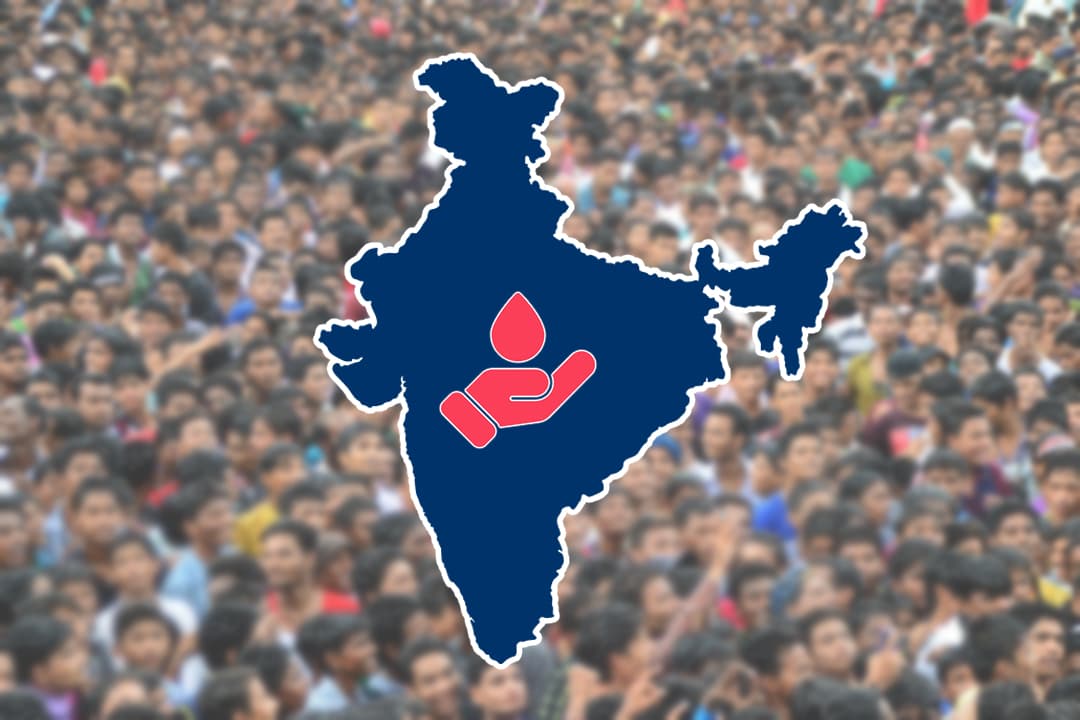Understanding Thalassemia
Blood Warriors
April 15, 2025
According to a study conducted by the World Health Organization, approximately 7% of the global population is at risk of carrying a thalassemia gene, which means that millions of people worldwide may be unknowingly passing on this serious genetic blood disorder to their children. This staggering statistic raises the question: why are so many people unaware of their risk for thalassemia, and what can be done to increase awareness and prevent the transmission of this condition?
Thalassemia is a genetic disorder that affects the production of hemoglobin, a protein found in red blood cells that carries oxygen throughout the body. There are two main types of thalassemia: alpha thalassemia and beta thalassemia. Alpha thalassemia occurs when there is a deficiency in the production of alpha globin, a subunit of hemoglobin, while beta thalassemia occurs when there is a deficiency in the production of beta globin, another subunit of hemoglobin.
The most effective way to prevent the transmission of thalassemia is through pre-natal testing, which allows expecting parents to determine if they are carriers of the thalassemia gene and to make informed decisions about their pregnancy. However, access to pre-natal testing can be limited in some parts of the world, and many people may not be aware of their risk for carrying the thalassemia gene.
One of the main challenges in increasing awareness about thalassemia is the lack of accurate and up-to-date information about the prevalence of the condition. A study conducted in India found that there is a lack of reliable data on the prevalence of thalassemia in the country, which makes it difficult to design effective prevention and control measures.
To address this issue, it is important for governments and healthcare organizations to prioritize the collection of accurate data on the prevalence of thalassemia and to invest in public health campaigns to increase awareness about the importance of pre-natal testing and the availability of genetic counseling.
In conclusion, the high prevalence of thalassemia worldwide highlights the need for increased awareness about the importance of pre-natal testing and the availability of genetic counseling. By investing in accurate data collection and public health campaigns, we can work towards the prevention of this serious genetic blood disorder and improve the lives of those affected by thalassemia.
References:
- World Health Organization. (n.d.). Thalassemia. Retrieved from https://www.who.int/news-room/fact-sheets/detail/thalassaemia
- National Center for Biotechnology Information. (2016). Thalassemia in India: Prevalence, Clinical Spectrum, and Management. Retrieved from https://www.ncbi.nlm.nih.gov/pmc/articles/PMC5010835/

